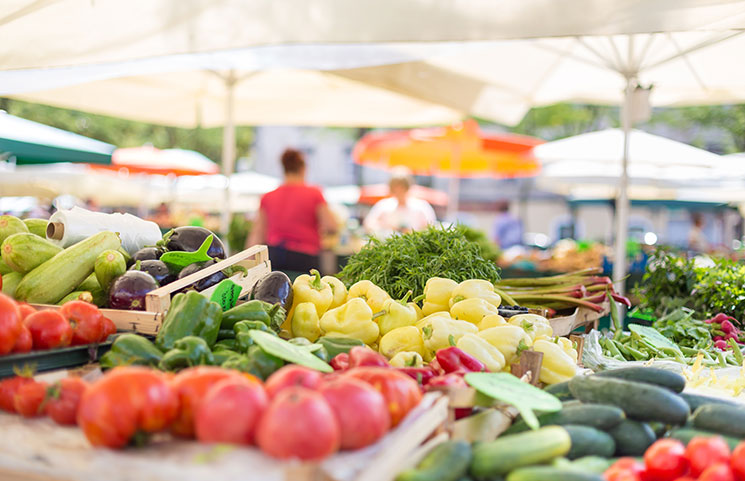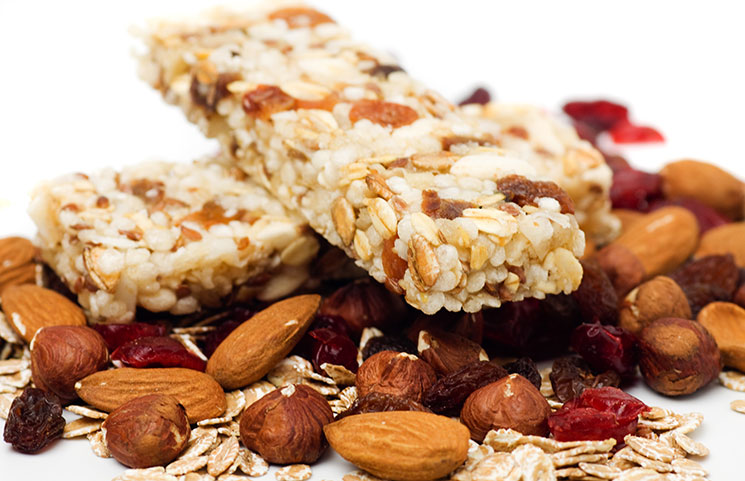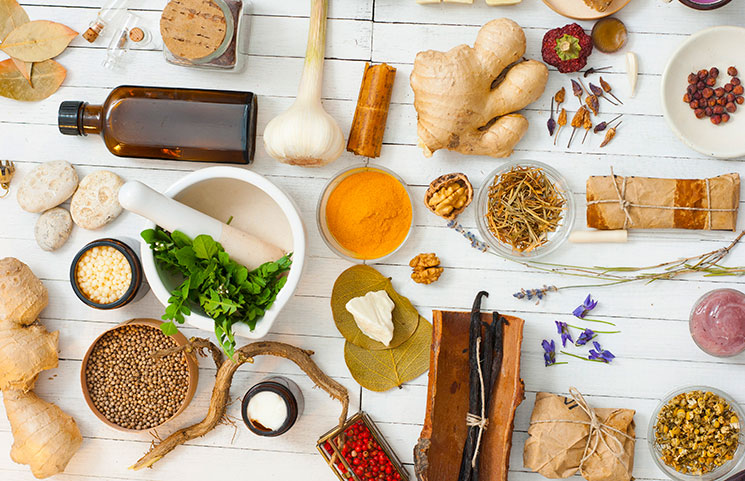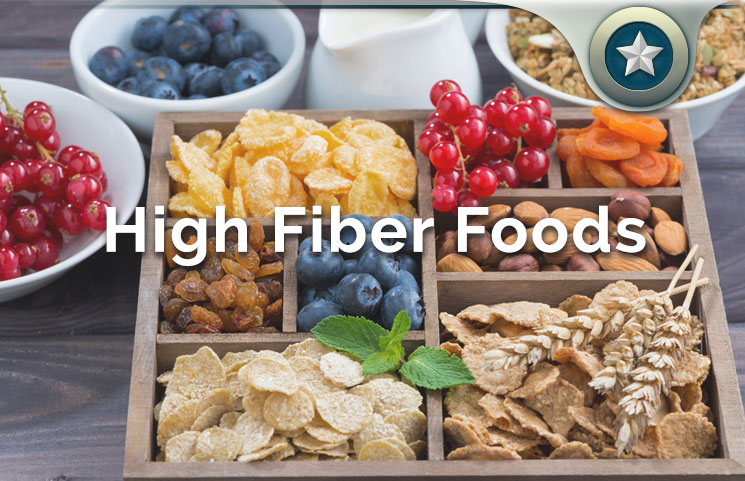Benefits Of A High Fiber Diet
The average American meal lacks the requisite amount of nutrients and fiber. In fact, most Americans eat about 16grams or less of fiber per day, compared to the daily fiber intake recommendations of 38 grams and 25 grams for young men between the ages of 14 and 50 years and women between the ages of 19 and 50 years respectively.
Table of Contents
This is probably why many people suffer from multiple digestive disorders, obesity and a condition known as metabolic syndrome –a state in which your body becomes predisposed to all sorts of illnesses, particularly cardiovascular conditions.
The frequent consumption of fiber has been linked to improved digestive health courtesy of its ability to improve and promote healthy gut bacteria, fewer incidences of all stomach related conditions, lower cholesterol levels, and reduced risk of metabolic syndrome related conditions such as heart disease, diabetes and obesity.
How to Get High Fiber into Your Diet
For many people however, the problem is not the unwillingness to take fiber related foods, the major challenge is finding a way to incorporate them into their daily meals without it becoming boring.
For those who constantly face this challenge, this post will help enlighten and show you just how to do it on a daily basis, so you get your daily requirements without fail.

1. Eat More Fruits
Now more than ever, everyone needs to eat more fruits. The average American has a sweet tooth. This means they have the propensity to eat a lot of sweet junk foods that will not only make them obese, but lead them down the road to diabetes.
Now, one of the simplest ways to combat obesity and diabetes is to replace the consumption of refined sugars and foods with healthy fruits that will also satisfy your sugar cravings. So, do yourself a favor and start replacing your candies, chocolates and soda with fruits like apples, strawberries, dates, other berries and any other sweet fruit you know.
Not only will this lower your risk of becoming obese, fruits as a significant source of fiber can replace junk snacks, and supply daily essential nutrients. The average apple contains almost 5 grams of fiber.
So, eating 2-3 apples a day provides you with between 10 and 15 grams of fiber. At this rate, you’re already halfway to meeting your daily fiber requirement as recommended by the Institute of Medicine (IOM), and healthier than 80 percent of Americans.
2. Take More High Fiber Veggies And Foods In Their Solid Forms
Yes, we know you love your smoothies. There’s nothing wrong with that. The only problem is depending on it for the necessary fiber intake. Smoothies by default are broken down/liquid forms of vegetables and fruits.
So, when you take them in this form, you’re essentially drinking your vitamins, and getting none of the fiber that fills you up. We understand that it’s easier to just drink your veggies instead of forcing them down, but the reality is if you want the fiber, you’ll need to eat them in their standard forms.
Here’s what we recommend: use some of the veggies (30-40%) for smoothies and eat the rest as you normally would. This way, you can at least tolerate the veggies and get the fiber you need.

3. Incorporate Chia Seeds Into Your Diet
When it comes to added high fiber foods, chia seeds are one of the most overlooked sources. Yet, one ounce (2 tablespoons) of this amazing seed contains 11 grams of fiber. This means that you just need to eat 4-6 tablespoons a day to meet your daily fiber requirements.
Chia seeds are also rich in vitamins, minerals, omega-3 fatty acids, antioxidants and proteins. Think of these seeds as tiny dynamos capable of delivering incredible nutrition to your body.
They contain insoluble fiber known to improve digestive health, aid digestive processes, improve bowel movement, slow down the rate of food breakdown do there’s hyperglycemia, and are quite effective at lowering your odds of becoming diabetic.
While chia seeds are our first option, there are alternatives like hemp and flax seeds available to you, if chia seeds aren’t readily available in your locale. These are just as effective, contain similar amounts of fiber and has just about the same nutritional benefits.
4. Don’t Forget Avocado
One avocado pear a day will keep you away from the doctor courtesy of its nutritional benefits and fiber content.
Also called butter fruit or alligator pear, this nutrient rich fruit is the only fruit with huge amounts of monounsaturated fatty acids (the good kind of fatty acids), contains about twenty minerals and vitamins, and has been linked to lowering your risk of developing diabetes, obesity, and heart disease.
It has been shown to aid weight management and promote even weight loss because of its fiber content, as well as improve digestive health, thus reducing the risk of colon cancer, inflammation and weakened immune system.
One avocado pear typically contains 15 grams of fiber, meets 20 percent of your daily vitamin B6 and 24 percent of daily vitamin C needs, 50 percent of vitamin K. It is often called a super fruit because of these attributes.
5. Eat Legumes, Seeded Berries, and Popcorn
Yes, you that correctly. Popcorn is an incredible source of high fiber. There’s a reason you feel very full after eating a significant amount of popcorn, and stay full for far longer. It’s because of its high fiber content.
This whole grain contains about 4 grams of fiber per ounce and produces even better fiber when air-popped. And even if you aren’t a big fan of popcorn, you can always choose the regular boiled or roasted corn to gain similar fiber quantities.
Legumes are an incredible source of fiber. This is why lentils, beans and other legumes should be a part of your daily meals. Take your lentils soup twice a week at the very least. The same goes for your beans.
These are both rich in proteins, calcium, fiber, and essential nutrients. A cup of beans or lentils can provide you with as much as 16 grams of fiber. Legumes are very rich in polyphenols –a group of antioxidants capable of eliminate huge amounts of toxins from your body- and can lower your risk of developing cardiovascular disease.
Please note that even though beans are a great source of fiber, they need to be eaten in moderate quantities because of their relatively high lectin content. So, combine it with other fiber rich foods to meet your daily fiber requirement.

Seeded berries are just as incredible in providing your body with the necessary fiber requirement. They are equally rich in antioxidants, which will help combat the oxidative processes in your body, and are a rich source of vitamins and minerals too.
For instance, one cup of raspberries or blackberries will provide you with 8g of fiber. The great thing about seeded berries is that they can be combined with any food or used as desserts after meals.
So, whether you’re having yoghurts, cereals or a full meal, add some of these berries to your diet. Even better, use them as snacks, replacing the junk snacks that you typically eat.
6. Pay Attention to the Nutrition Label
Sometimes, you just don’t have the time to cook or make any elaborate dishes. Just because this happens, doesn’t mean you shouldn’t get your fiber. So, before you open that box of cereals or fast food, check out the nutritional value and fiber content.
You can always see this on the label outside the can, bottle or pack. Just because your meal comes in a box, doesn’t mean that it can’t be healthy and fiber rich too. For instance, whole grain cereals and yoghurts are often extra fortified with fiber because the manufacturers know that these foods may have lost some of their fiber during the processing.
So, what they do is add more fibers foods or natural fiber based substances like polydextrose and inulin to the foods. Foods like this can typically contain between 4 and 7 grams of fiber per serving.
Look out for those packaged foods with fiber content higher than 4 grams per serving. Those are great sources of fiber, and can help you meet your daily fiber requirement even when you’re busy and have no time to eat a proper meal.
7. Don’t Skin Apples or Pears
Raise your hands if you like peeling off the skins of pears or apples. While some people consider this the hygienic way to eat these fruits, the reality is that these peeling their skins results in far less fiber content.
Every peeled apple loses about 50 percent of its fiber content –that’s 2.3 grams of fiber from its 4.4 grams. An unpeeled pear has 6 grams of fiber. Peeling it leaves significantly less fiber content.
Sure, you can compensate for this deficit by simply eating more apples and pears, but if you’re not allergic to the skins, why not just give it a good rinse and eat. It’s better seeing as the skins tend to contain even higher concentrations of antioxidants, nutrients, vitamins and minerals.

8. Include Whole Grains
Fact: whole grains are an incredibly rich source of fiber, and should be a staple in every home. Unfortunately, many people take more refined grains than they do whole grains.
Whole grains, particularly when they are organic, are great because their husks are still intact. As a result, when consumed, the fiber rich husks add to the fiber content of the food, which in turn helps in the prevention of insulin resistance, high blood sugar, obesity, diabetes and other related conditions.
Therefore, even though refined foods are convenient, the reality is that they are often lacking in required amount of fiber, minerals, vitamins and nutrients needed to keep you healthy. This is probably why refined foods are sometimes called empty calorie foods, seeing as they often have little or no nutritional value.
The best way to get more whole grain fiber into your meals is to simply purchase organic unprocessed grains like rice, whole wheat (if you aren’t allergic to gluten), barley, quinoa, millet, buckwheat and amaranth for example.
9. Add Seeds and Nuts
Quick show of hands: when was the last time you had nuts as a snack or even added it to your meals? Okay, we understand that some people are allergic to nuts. And for these people we would suggest that they forgo this option.
However, for those who aren’t, nuts are incredibly powerful way to up your fiber intake, eliminate free radicals from your body, improve heart health and even lose weight. For instance, an ounce of pistachios routinely contains 25 percent of your daily vitamin B6 requirement, 6 grams of protein and 3 grams of fiber.
If your goal is to meet the daily fiber requirement, nuts may not seem like much. However, they aren’t meant to be the sole or only source of your fiber intake. You’ll need to combine them with other fiber rich foods.
Use them as snacks, dessert or even appetizers. While you can’t eat whole grain foods without preparing them, you can easily eat nuts in their raw, unprocessed form. They are also great for carrying around, and can easily serve as great snacks, replacing junk foods in the process. And because of their small size, delicious taste and ease of carrying them around, it’s very easy to eat 1-2 ounces daily without even knowing it.
The same goes for seeds too. Carry around sunflower seeds, hemp seeds, chia seeds, and flax seeds. They can be easily popped and chewed or cooked and eaten to get adequate fiber.
Get More High Fiber Foods into Your Diet Final Thoughts
See? We promised we’d deliver excellent ways that will help you meet your daily fiber requirements. With this article, you can find ways to mix and match the foods without necessarily getting bored of just one option.
In fact, if you do it right, you may only taste one fiber rich food type more once a week. That’s enough to provide the sorely needed food variety, and keep your meals interesting.









